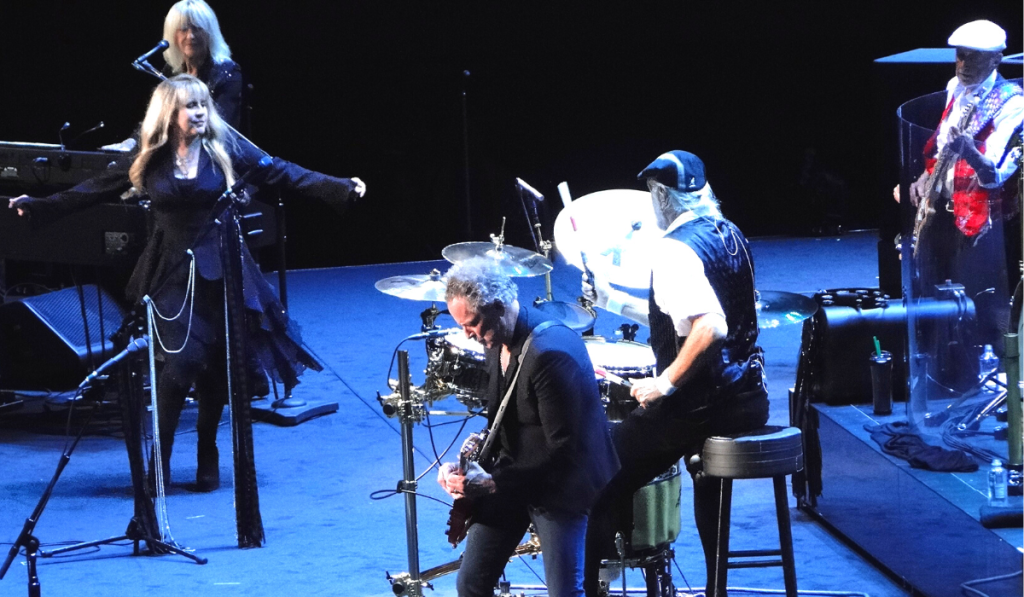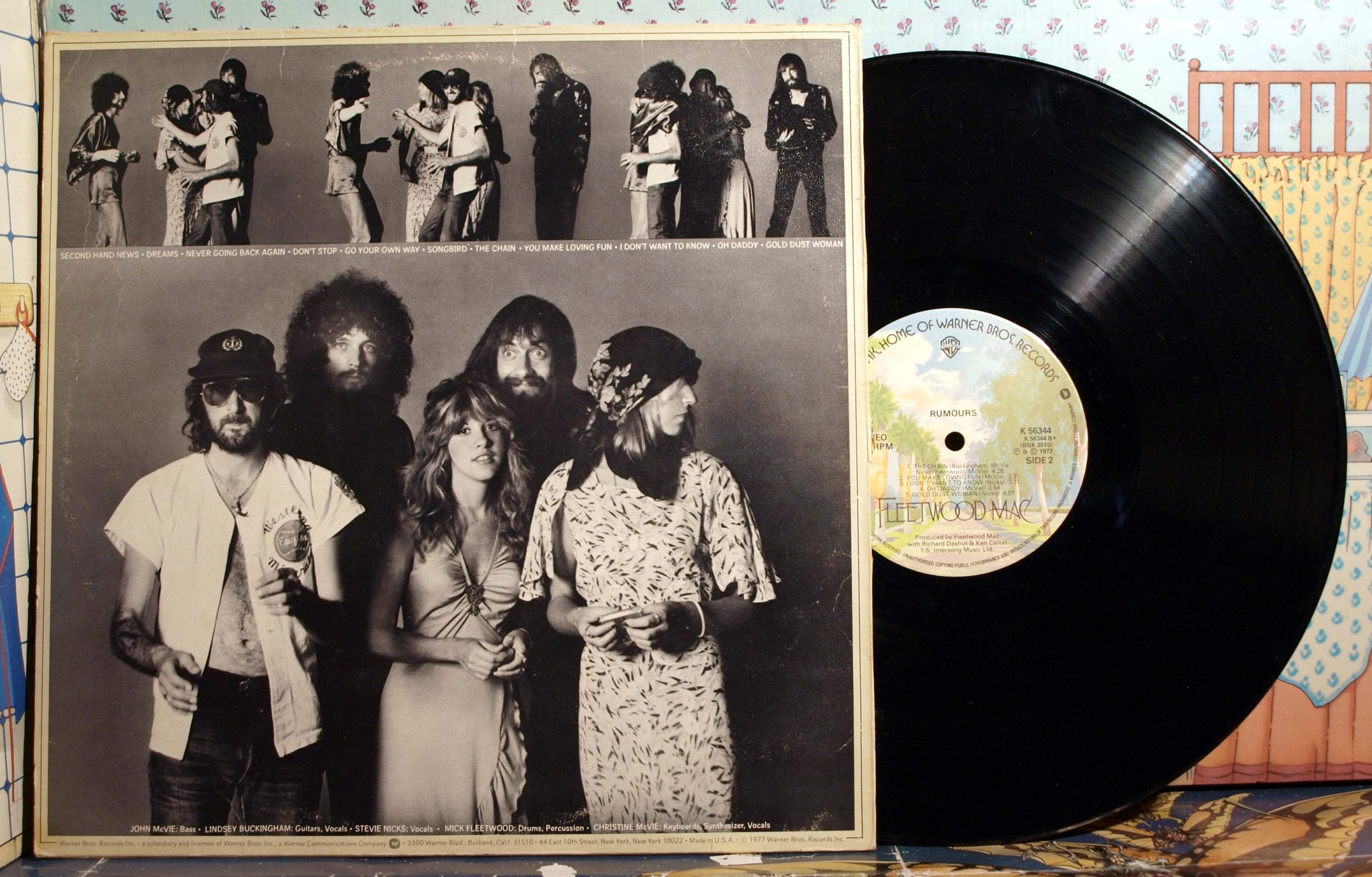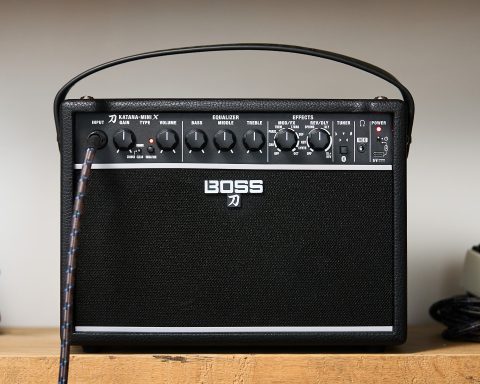Released in 1977, the now-iconic “Dreams” was the second single off Rumours, Fleetwood Mac’s best-selling eleventh studio album. Moving away from its blues roots, the band stacked the tracklist with powerful tracks responding to the romantic entanglements among its members. Journey through a timeless tale of heartbreak and discover how to capture the “Dreams” signature sound with the BOSS Katana.
About the Song
“Now here you go again/You say you want your freedom/Well, who am I to keep you down?” Stevie Nicks poses in the opening lines of “Dreams.” The song plays to the album’s central theme, a lyrical reflection of the band’s various breakups and emotional turmoil. Fleetwood Mac’s pain-turned-pop rocketed Rumours to immediate success, with 10 million copies sold worldwide in the first month and an eventual Grammy Album of the Year win. Rolling Stone ranked Rumours seventh in their 2020 list of “500 Greatest Albums of All Time,” their review dubbing it “The greatest breakup album ever.”
Fueled by emotion and an infectious beat, “Dreams” would become one of the band’s most celebrated tracks and widely considered one of the greatest songs ever. It is the only Fleetwood Mac song to hit number one on the US Billboard Hot 100. Proving its timelessness, “Dreams” captured the hearts of a new generation in 2020 when the song was featured in a viral TikTok video. Forty-three years after the tune’s release, it hit the charts again, claiming the number-one spot on Billboard Rock Digital Song Sales.
"Lindsey Buckingham combines fingerpicking and plucking to create a layered, rhythmic complement to Stevie Nicks and the late Christine McVie’s harmony vocals."
Breaking It Down
Mick Fleetwood’s steady drumming and John McVie’s pulsating bassline lay a solid foundation for the track. Meanwhile, Lindsey Buckingham combines fingerpicking and plucking to create a layered, rhythmic complement to Stevie Nicks and the late Christine McVie’s harmony vocals.

Buckingham layers his deceptively simple guitar part with nuanced technique. Known for his fingerpicking prowess, the guitarist crafts a fluid intro that sets the tone for the rest of the song. The late Christine McVie told Blender magazine, “The Lindsey genius came into play, and he fashioned three sections out of identical chords, making each section sound completely different. He created the impression that there’s a thread running through the whole thing.”
"The simplicity of the F to G progression makes 'Dreams' an excellent choice for beginning guitarists who want to take a stab at an iconic song."
Learn the Licks
In a video on the Marty Music YouTube channel, Marty Schwartz breaks down the song’s classic guitar part—from its fundamental chords and arpeggios to capturing its sound. The simplicity of the F to G progression makes “Dreams” an excellent choice for beginning guitarists who want to take a stab at an iconic song. For those with more technique in their arsenal, try layering the electric guitar arpeggio to capture the essence of Buckingham’s style.
Download the “Fleeting Dreams” patch for the BOSS Katana to harness the song’s ethereal sound. The patch uses the Slow Gear effect to emulate the swells in the verse lines. And if you want to build the swells more, Schwartz recommends adding a volume pedal to enhance the effect. Spend a little time with the video, grab the “Fleeting Dreams” patch from the BOSS Tone Exchange, and bask in the drama of “Dreams.”
DOWNLOAD
"Fleeting Dreams" Patch for BOSS Katana
- In the style of “Dreams” by Fleetwood Mac







